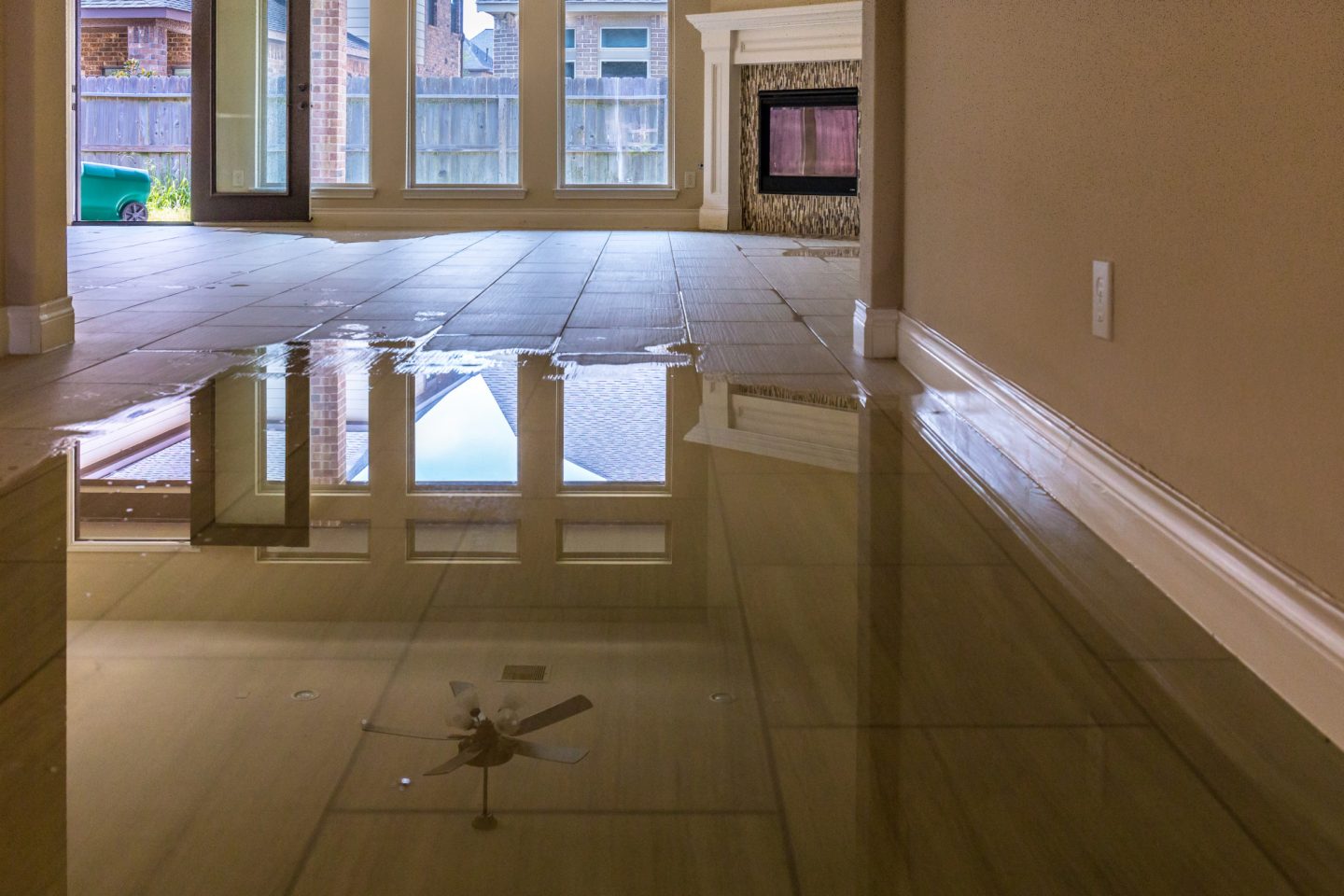
Floods can turn any day into a stressful one. In a vibrant city like Los Angeles, which is known for its sunny disposition, unexpected floods can be especially challenging. They don’t just upset routines; they cause damage that requires quick and careful attention. Whether it’s due to heavy rains or plumbing mishaps, flooding calls for immediate action to prevent further harm to both property and well-being.
Reacting swiftly and effectively is important when dealing with flood damage. Time is of the essence, as lingering water can lead to mold growth and structural issues. Let’s explore effective strategies to tackle flood damage, focusing on what you can do right after a flood hits and how you can stabilize the situation.
Assessing the Damage
Once the flood waters begin to recede, it’s time to take stock of the situation. Start by checking the property for any pressing safety hazards like fallen power lines or gas leaks, which would need attention before any cleanup can start. Safety should be your top priority.
Here’s a quick checklist to guide you through the initial steps after a flood:
- Conduct Safety Checks: Ensure there are no electrical hazards or gas leaks. If you’re unsure, have a professional inspect the site.
- Document the Damage: Take photos and notes of affected areas before starting any cleaning. This documentation is helpful for insurance claims.
- Clear Pathways: Unblock any exits and entrances to ensure easy access for cleanup crews and repair teams.
Taking these steps makes the cleanup process smoother. Proper documentation can also make insurance claims easier, helping you recover more quickly and efficiently. Remember, initial impressions matter, so accurately logging what’s affected is key to rebuilding with less hassle.
Water Removal and Drying
Now it’s time to get rid of any water that’s left standing. This part of the process is crucial to preventing mold and minimizing further property damage. Here are some techniques to efficiently dry out your property:
- Remove Standing Water: Use pumps or wet-dry vacuums to remove water. Start with the lowest areas and work your way up.
- Use Dehumidifiers and Fans: After removing standing water, dehumidifiers and fans help dry out the moisture in the air and solid surfaces. Position them to give rooms a good airing out.
- Remember Safety: Water and electricity together can be dangerous. Always turn off any power sources before going near waterlogged areas.
Effective water removal is a key step in returning your space to normal. It’s about getting ahead of potential problems. Acting quickly on these tasks can save you from headaches down the road and protect your home or business from mold and long-term damage.
Cleaning and Disinfecting
Once the water is out, it’s time to clean and disinfect the affected spaces. Floodwaters often bring dirt, bacteria, and other unwanted visitors. Getting things truly clean is important for health and safety. Start by clearing out items that are too damaged to clean or dry effectively. Then, it’s time to focus on thorough cleaning.
- Clean All Surfaces: Use a strong cleaner suitable for the surfaces affected. This ensures that dirt is removed before disinfecting.
- Disinfect Thoroughly: After cleaning, apply a disinfectant to kill any remaining germs. Make sure the disinfectant is right for the material you’re using it on.
- Pay Attention to Soft Items: Things like carpets and rugs might need professional cleaning or replacing if they’re too saturated.
Handling items that can’t be dried or cleaned fully might involve parting with them. It’s tough, but safety is key. Anything with mold growth or signs of damage beyond repair should be discarded responsibly.
Restoring and Repairing
After a thorough cleaning, it’s time to see how you can restore your space. Assess what can be salvaged and what needs replacing. Swift action on repairs can help preserve your property and prevent worsening damage.
1. Evaluate Materials: Check walls, floors, and ceilings for structural damage. If the structure is compromised, bring in an expert.
2. Structural Repairs: Address any wall or floor issues right away to avoid future problems. Use moisture-resistant materials when possible to add durability.
3. Replace Damaged Items: Replace things like drywall or insulation if they’re damaged. This not only improves aesthetics but also ensures safety and comfort in the future.
Restoration might seem daunting, but knowing where to start and focusing on what matters most will make the process smoother. It’s about more than just repair; it’s about giving your home or business a fresh start.
Preventing Future Flood Damage
With the current damage managed, now’s a good time to think about preventing future issues. Being proactive can save a lot of hassle and money down the line. Here are some ways to bolster your protection against floods:
- Improve Drainage: Ensure your storm drains and gutters are clear and functioning well. Proper drainage channels water away from your structure.
- Use Water-Resistant Materials: When repairing or improving your space, opt for materials that repel water where possible.
- Create a Flood Plan: Know your property’s flood risk and make a plan for potential future floods. Having a strategy in place keeps you prepared for the unexpected.
These simple yet effective measures can make a big difference in reducing the risk of flood damage. Securing your property means less worry and fewer repairs in the future. It empowers you with peace of mind, knowing you’re better protected against nature’s surprises.
Turning Emergency into Action
Trusting the right professional service can make all the difference in restoring your home to its former glory after flooding. With expertise in flood damage restoration services, Restoration Masters can help you regain your peace of mind and safety. To learn more about how we can assist in repairing and protecting your property, reach out to us today.





